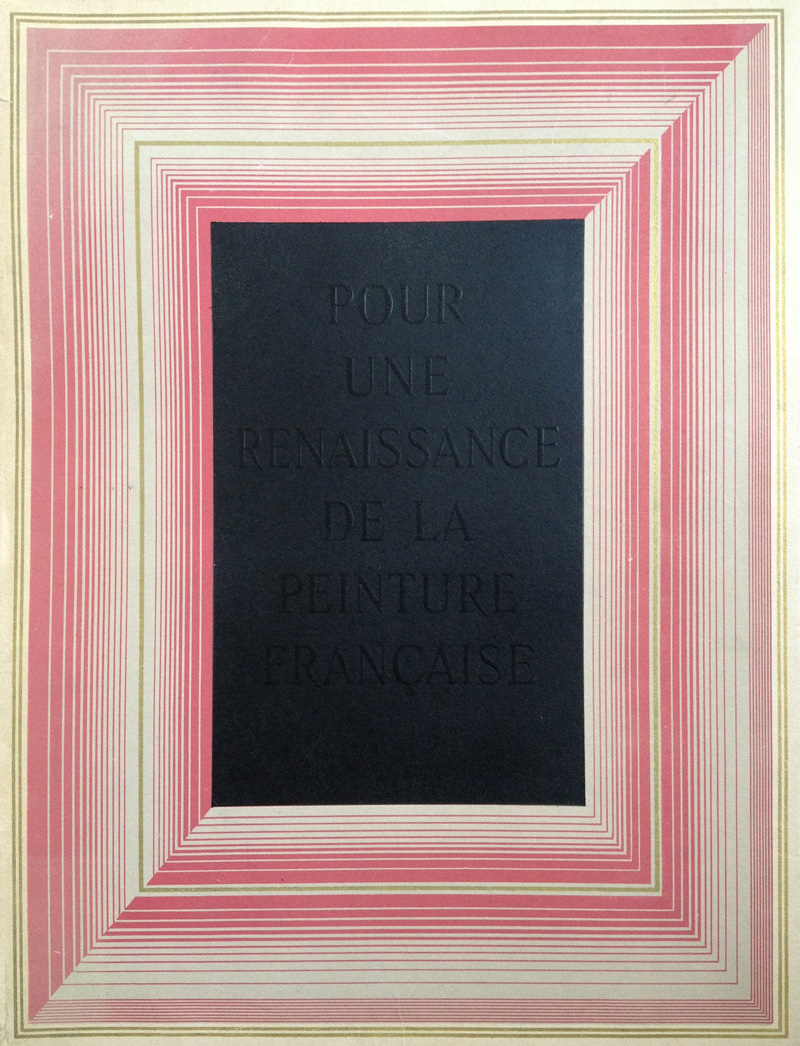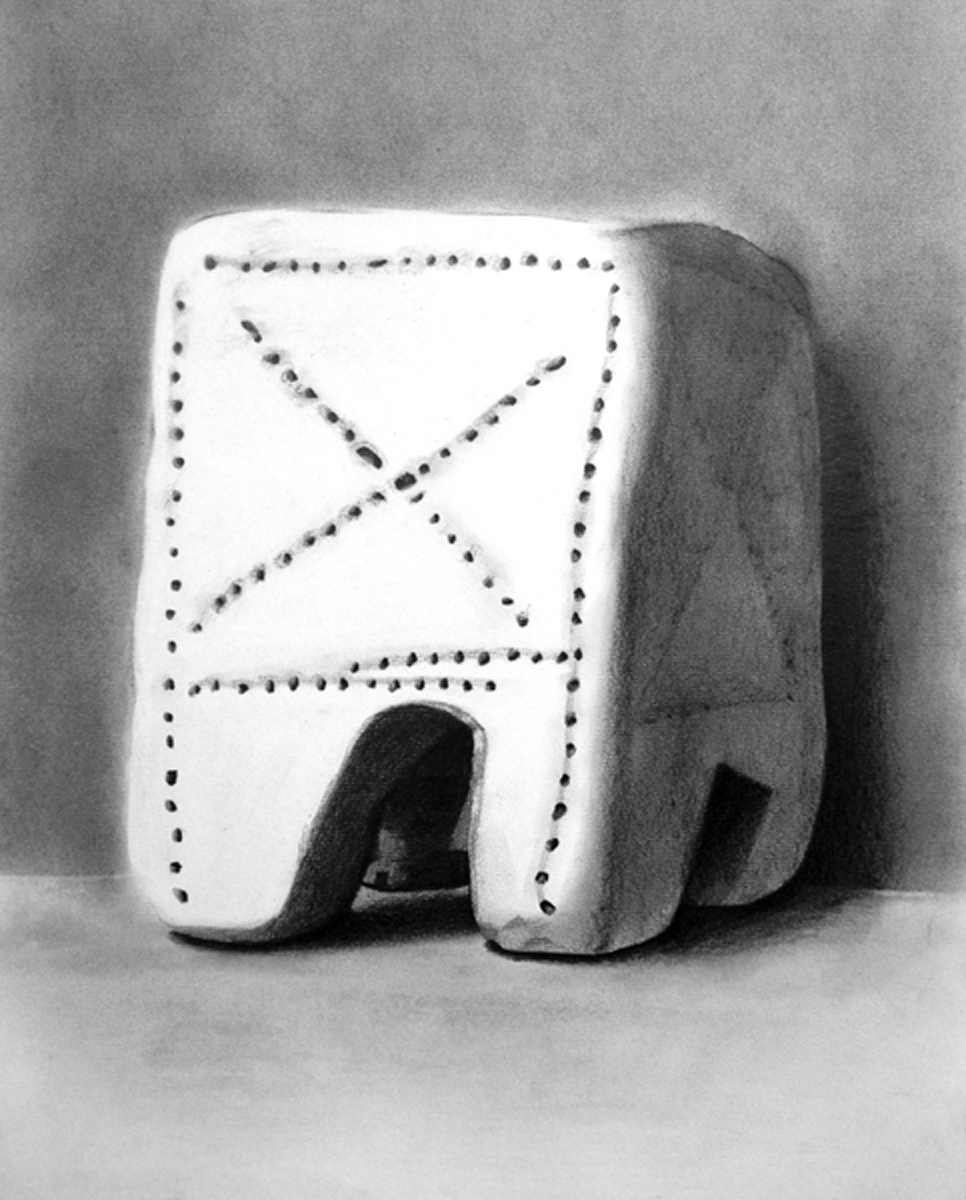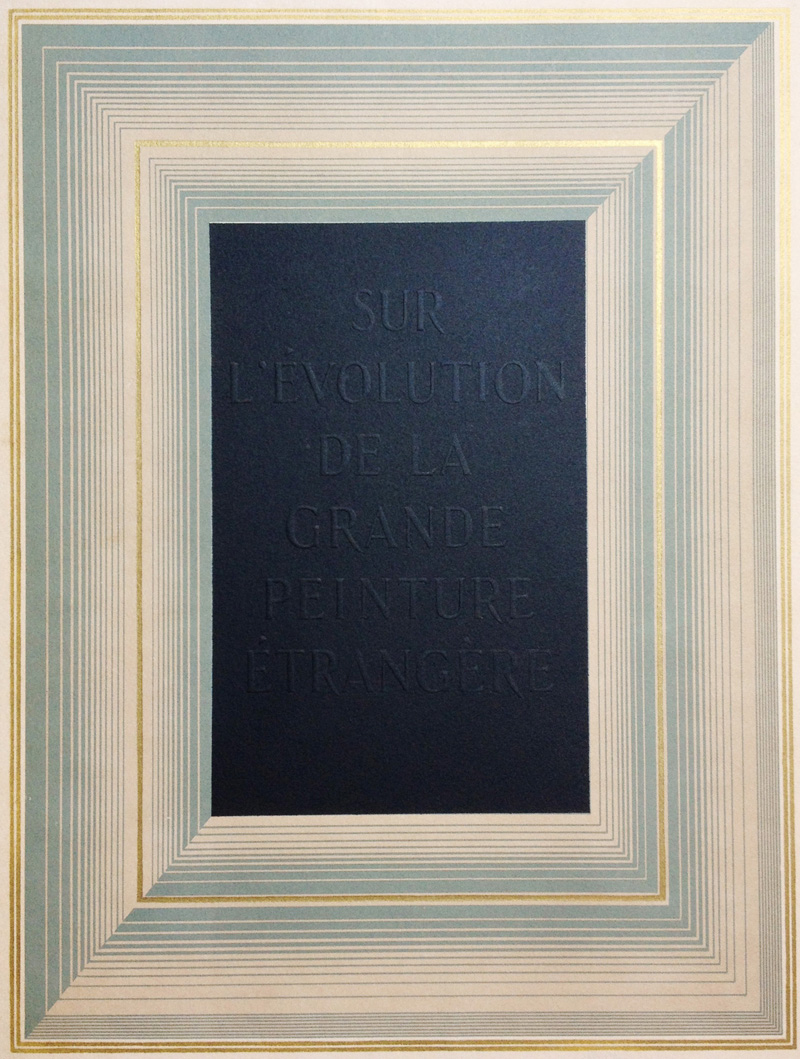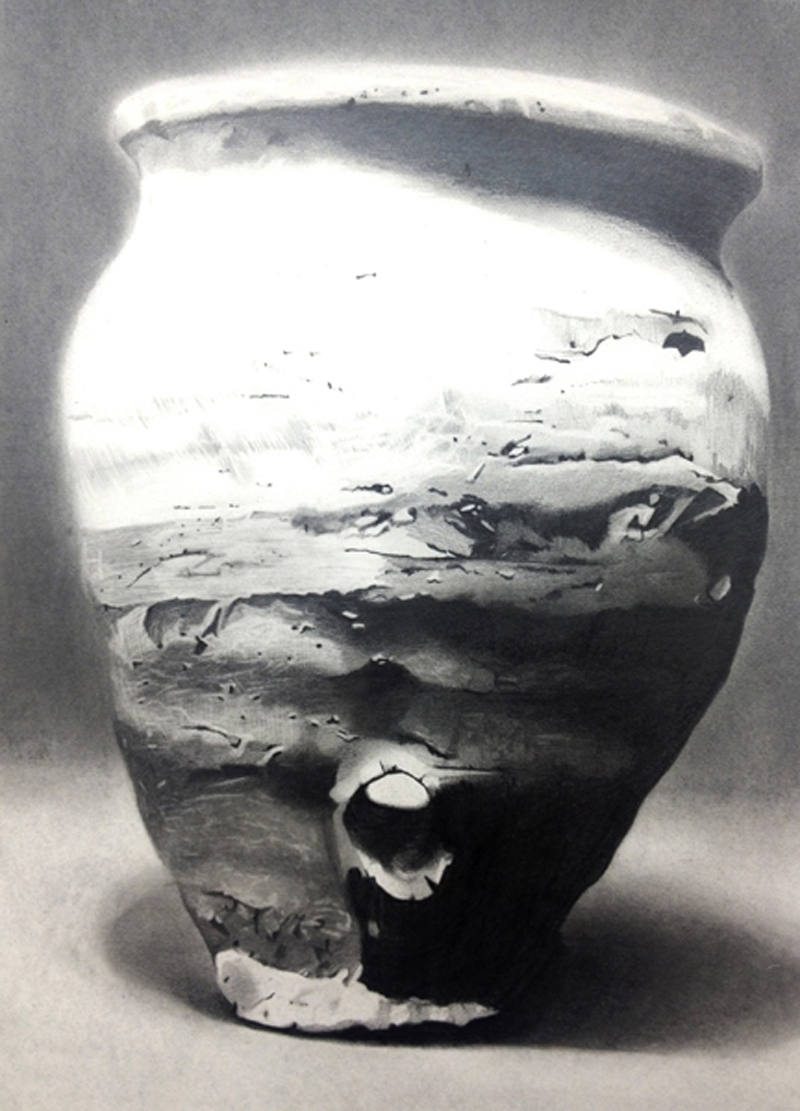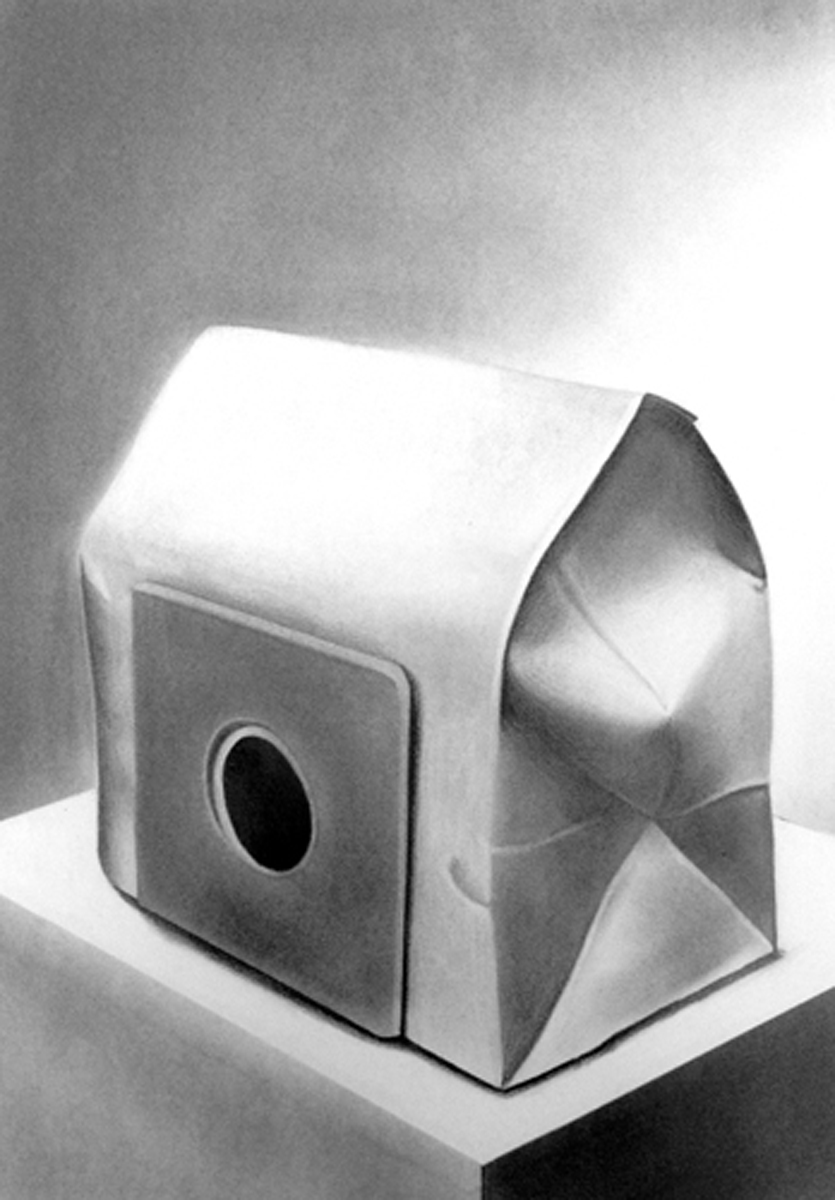PSEUDO-MUSEOLOGY
CAROLINE CORBASSON, JANE HAYES GREENWOOD, CATRIN MORGAN, KASPER PINCIS
5 – 27 September 2014
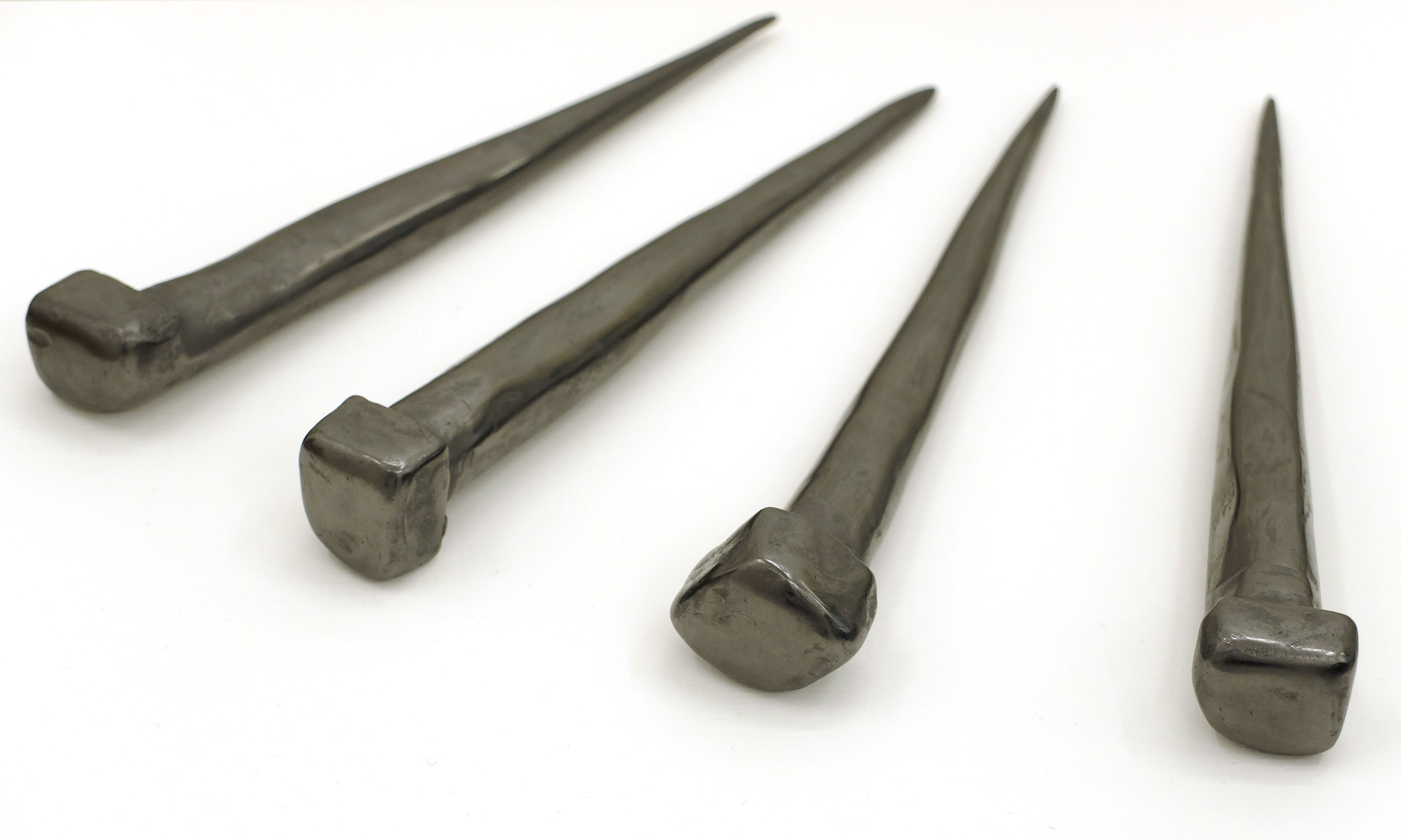
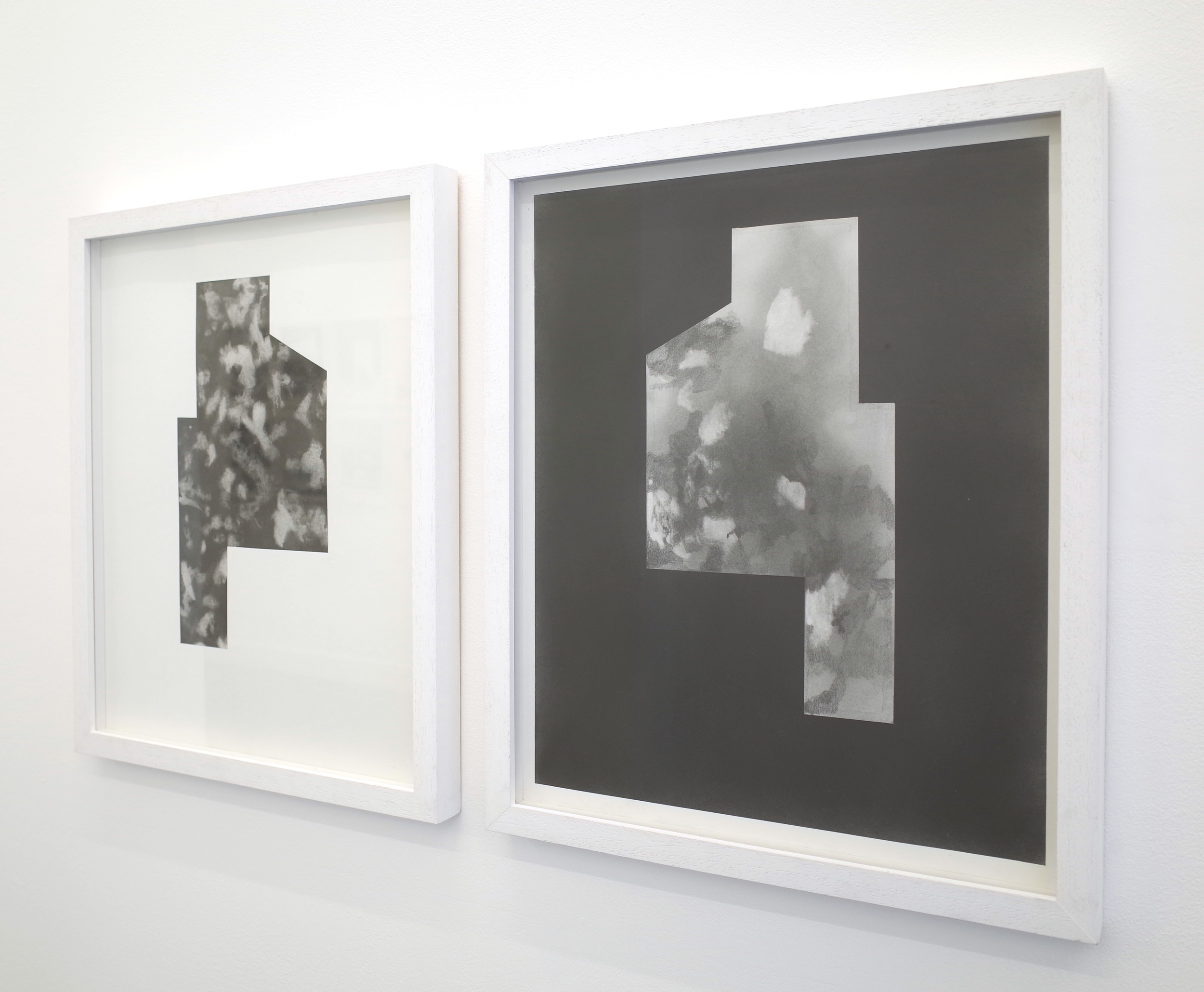
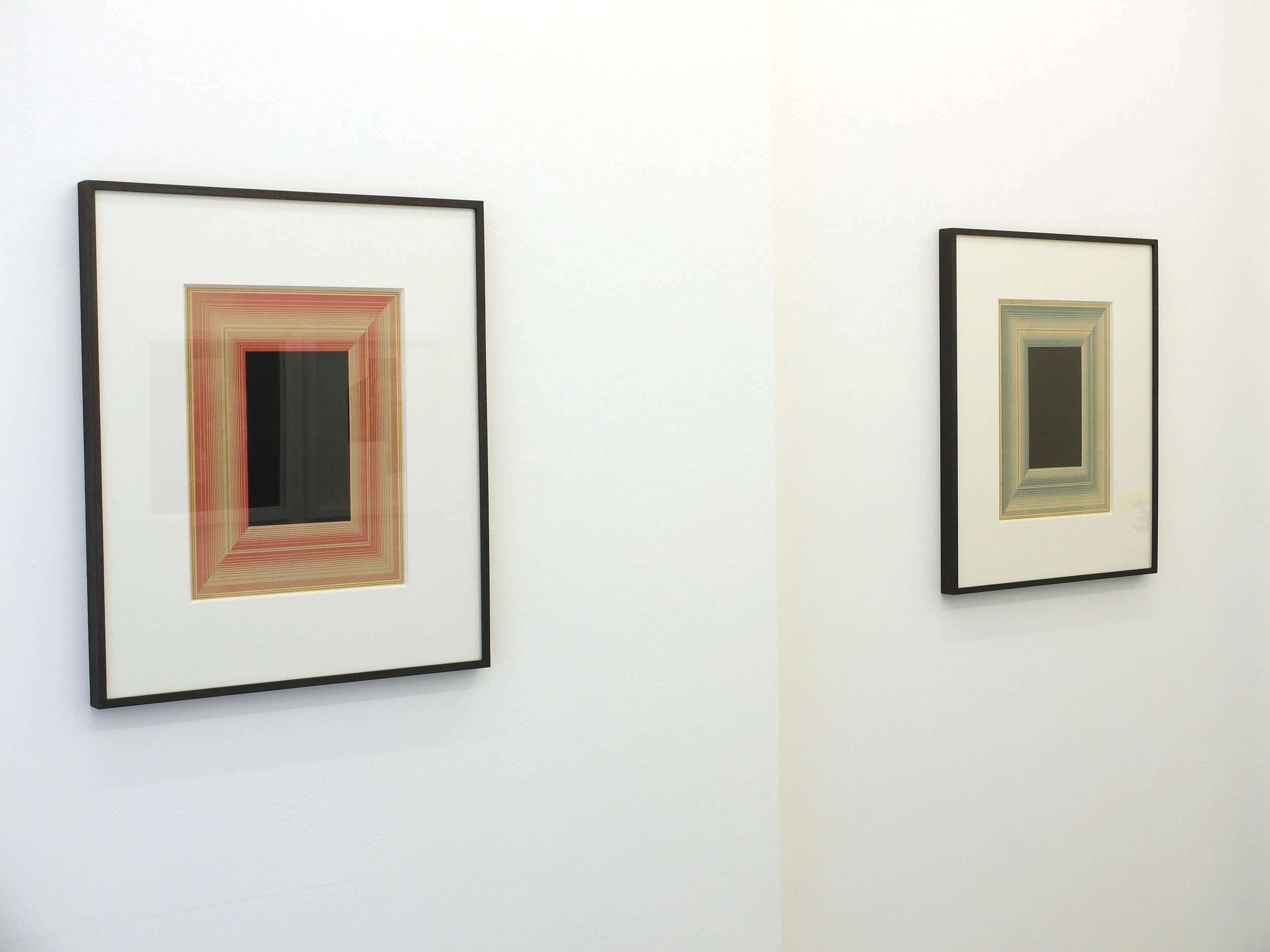
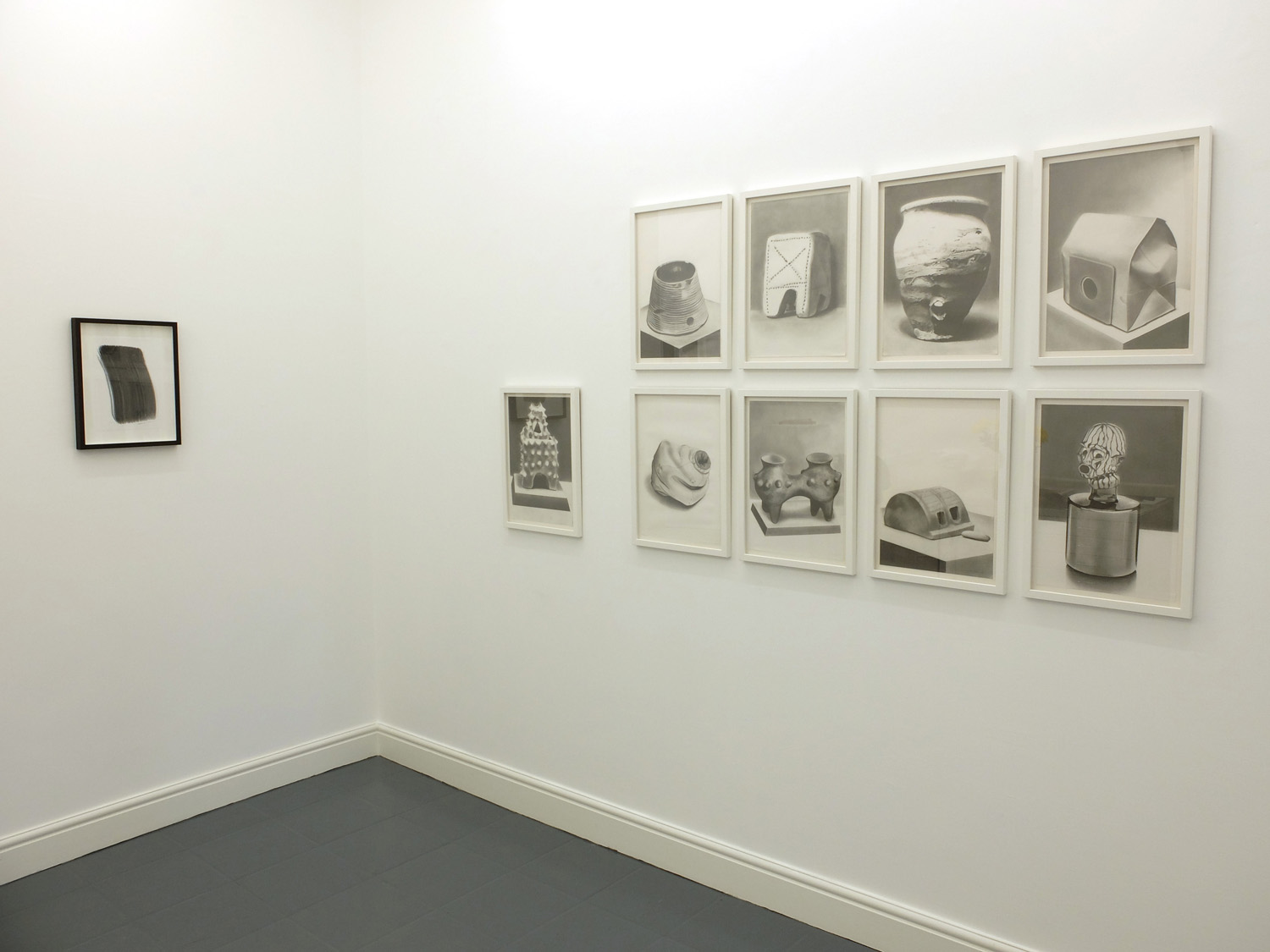
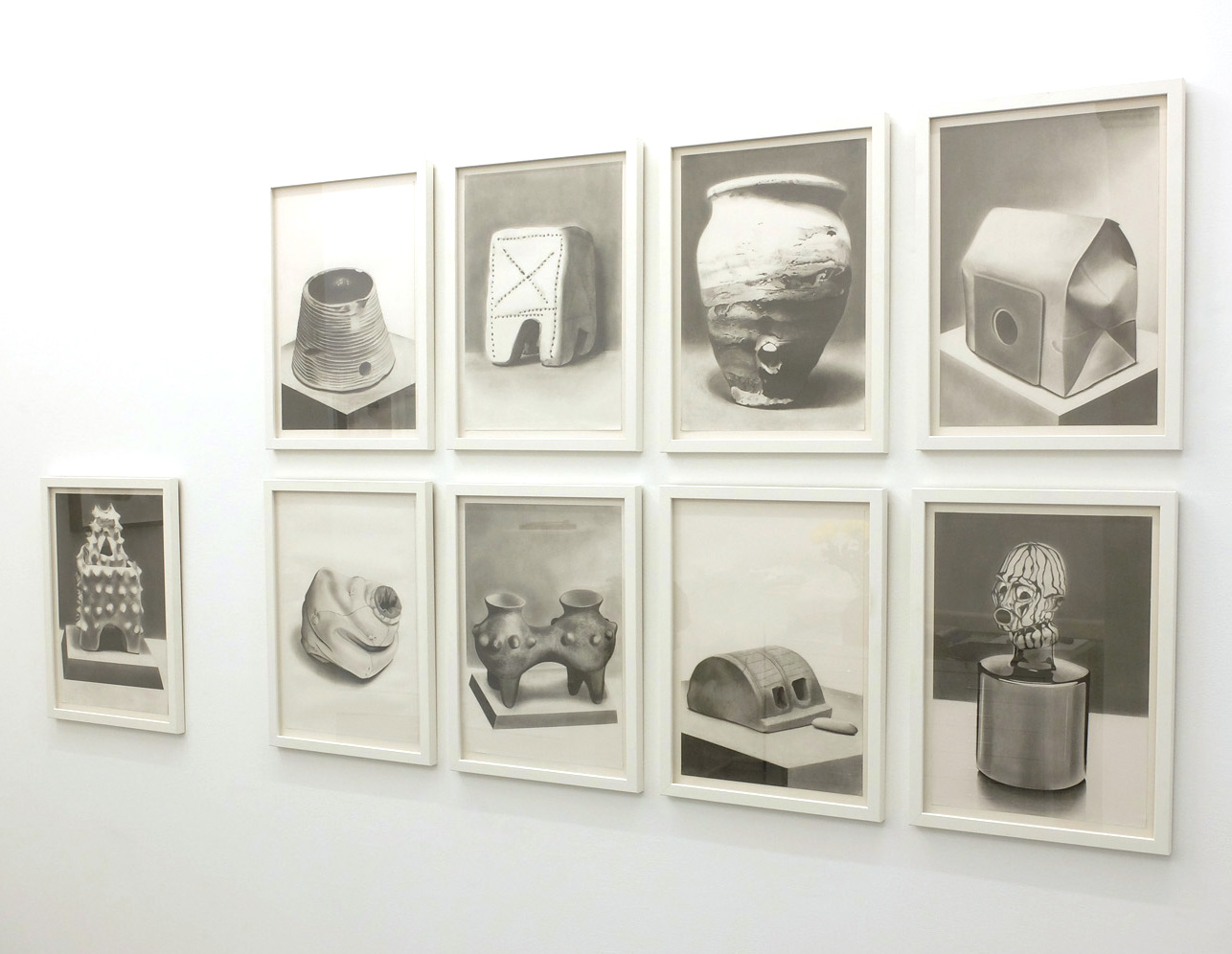
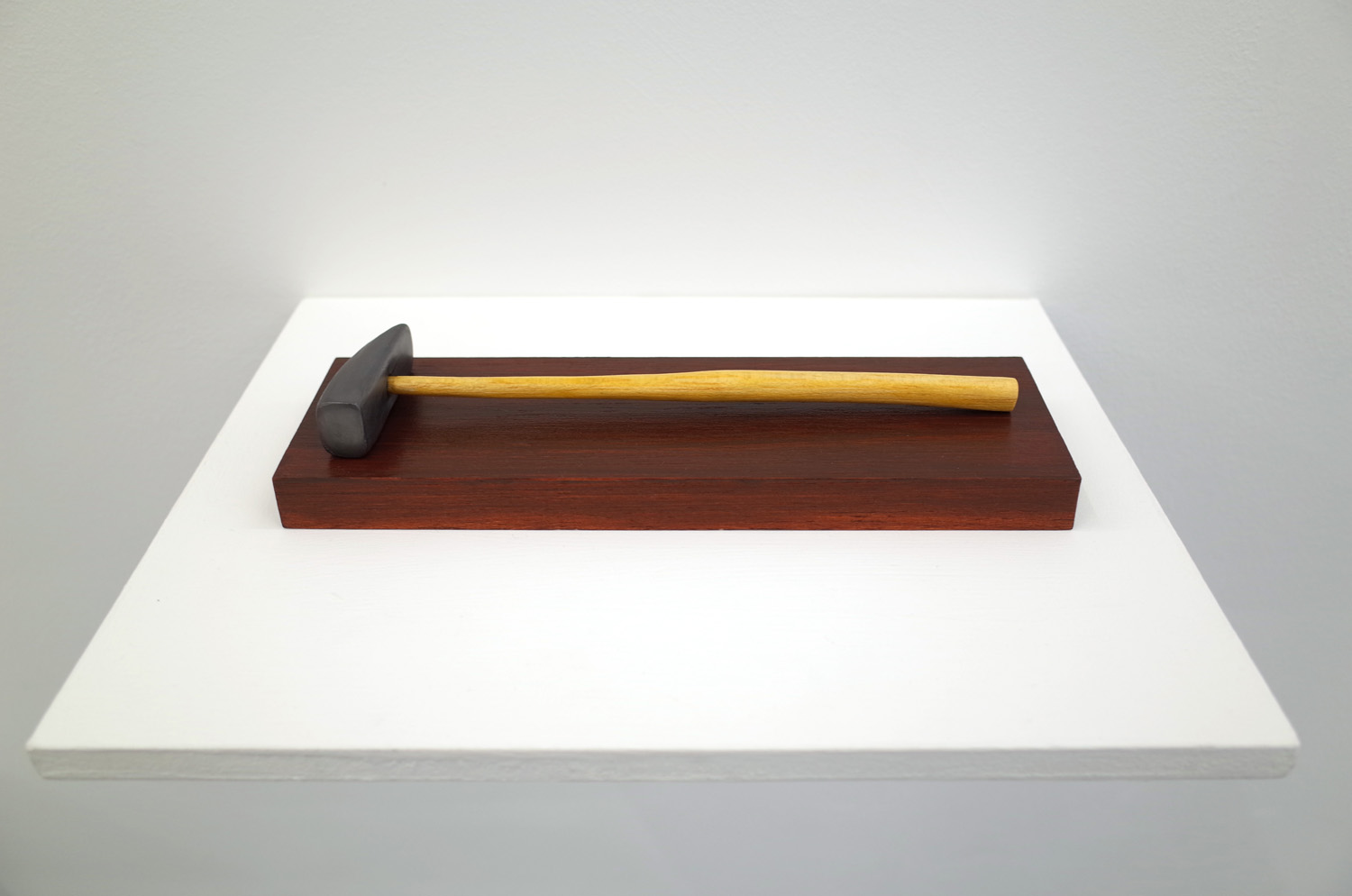
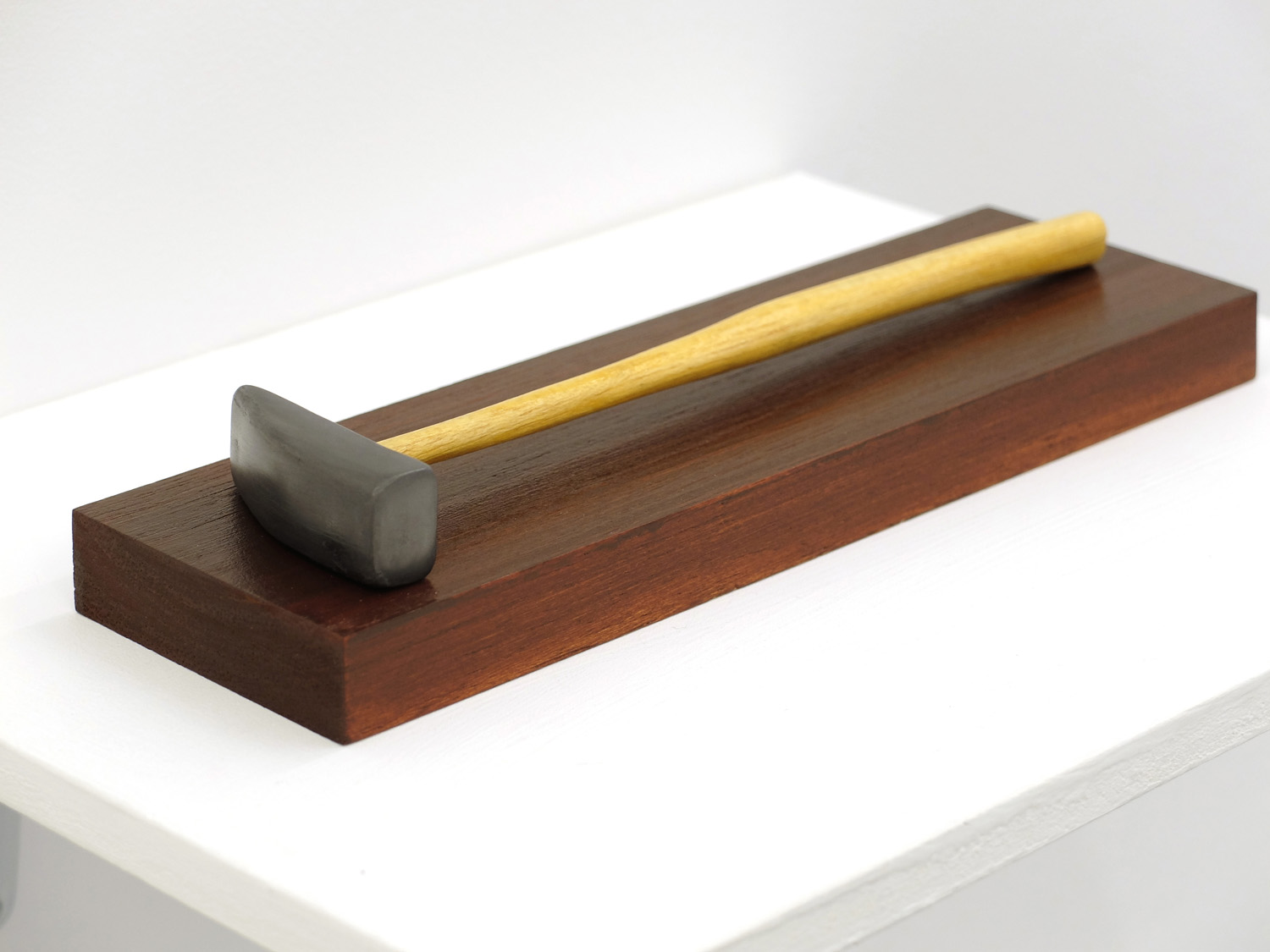
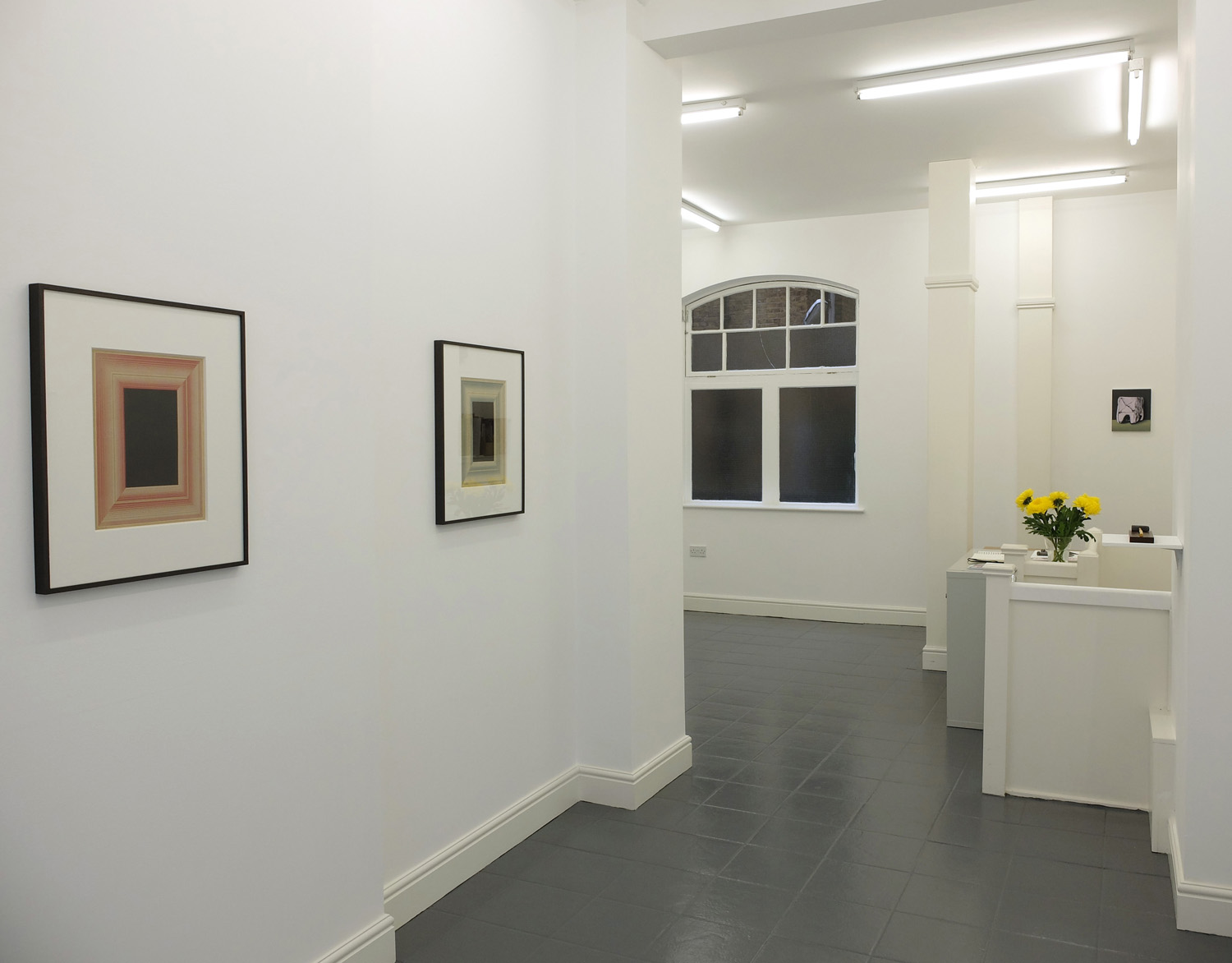
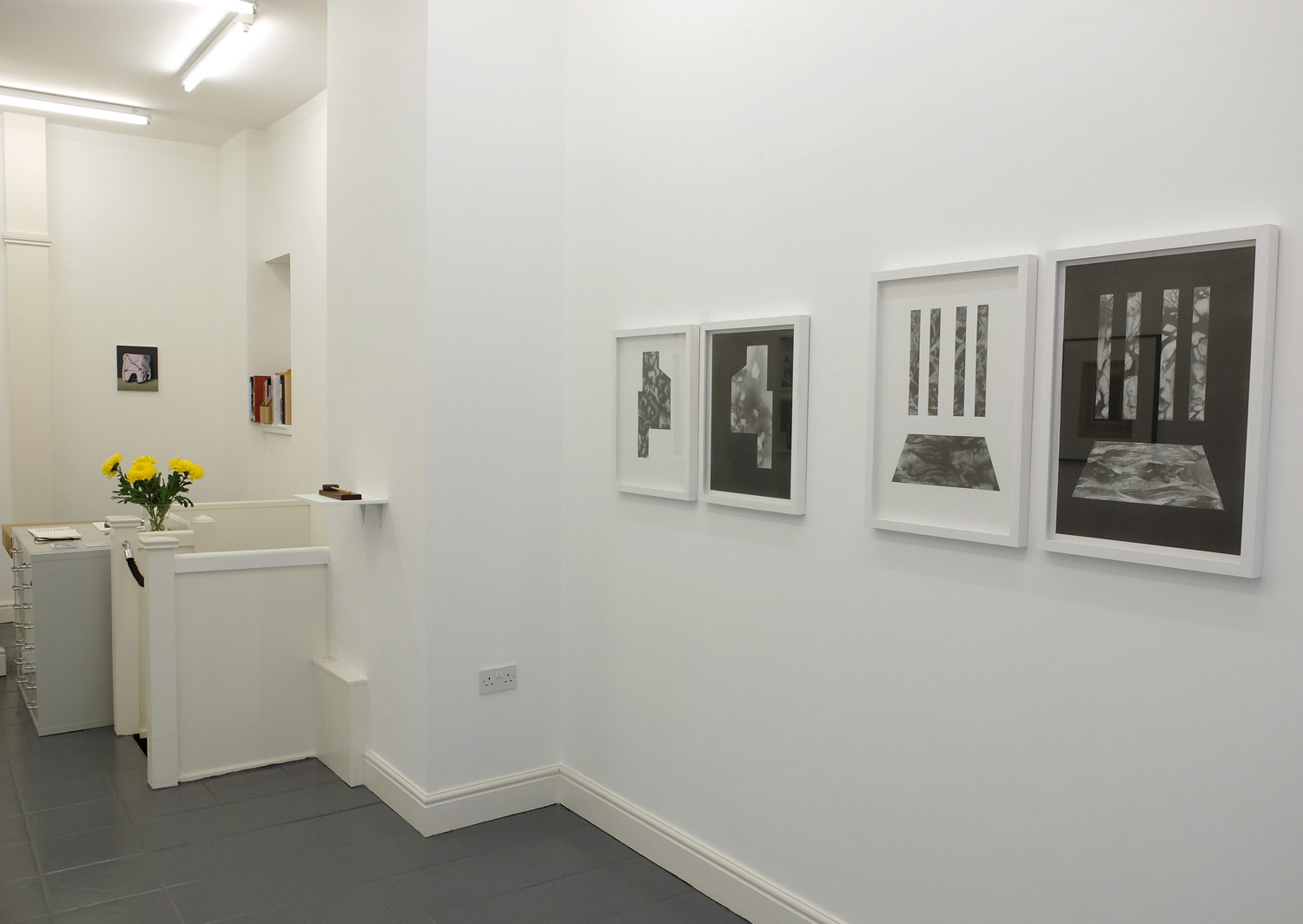
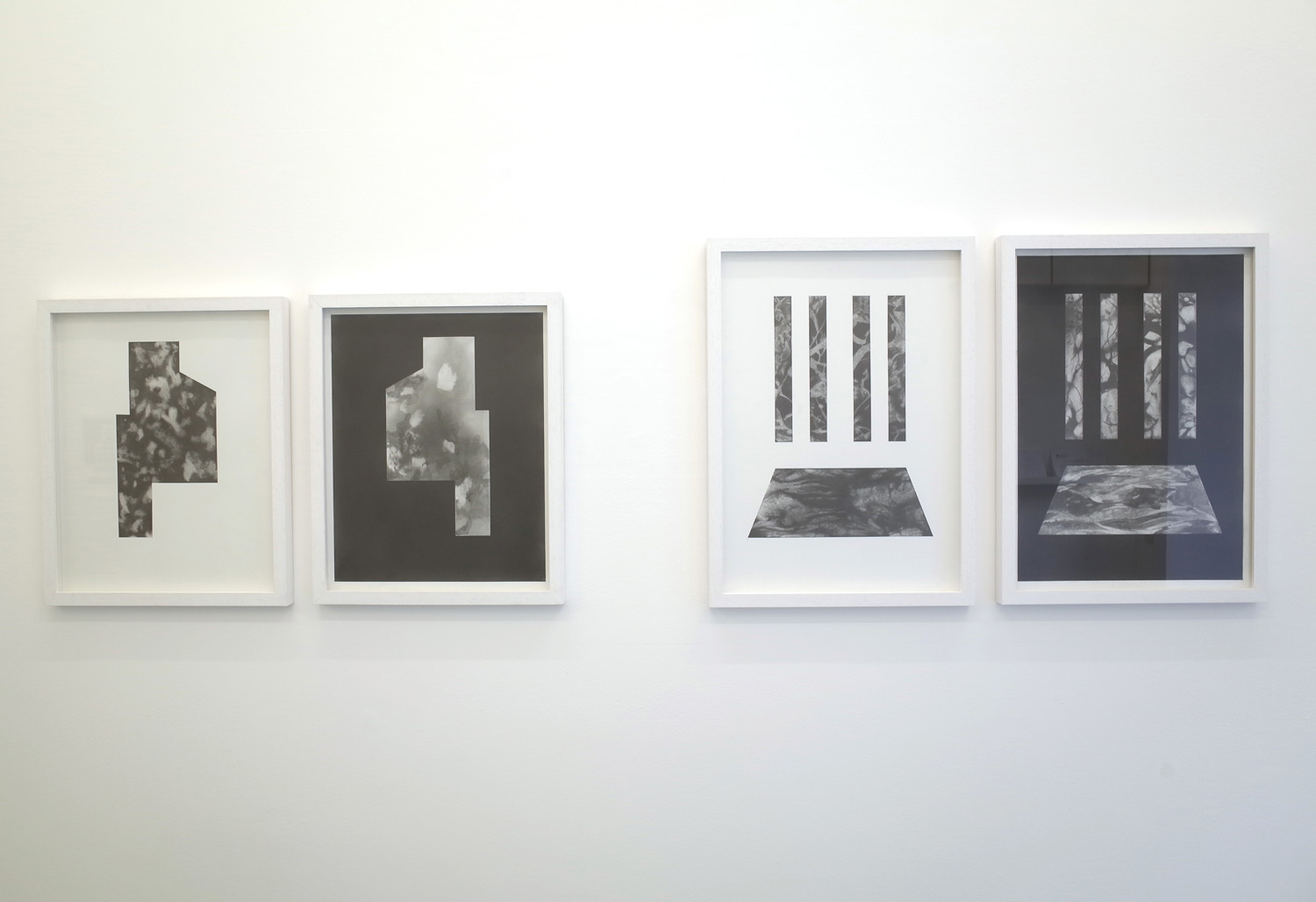

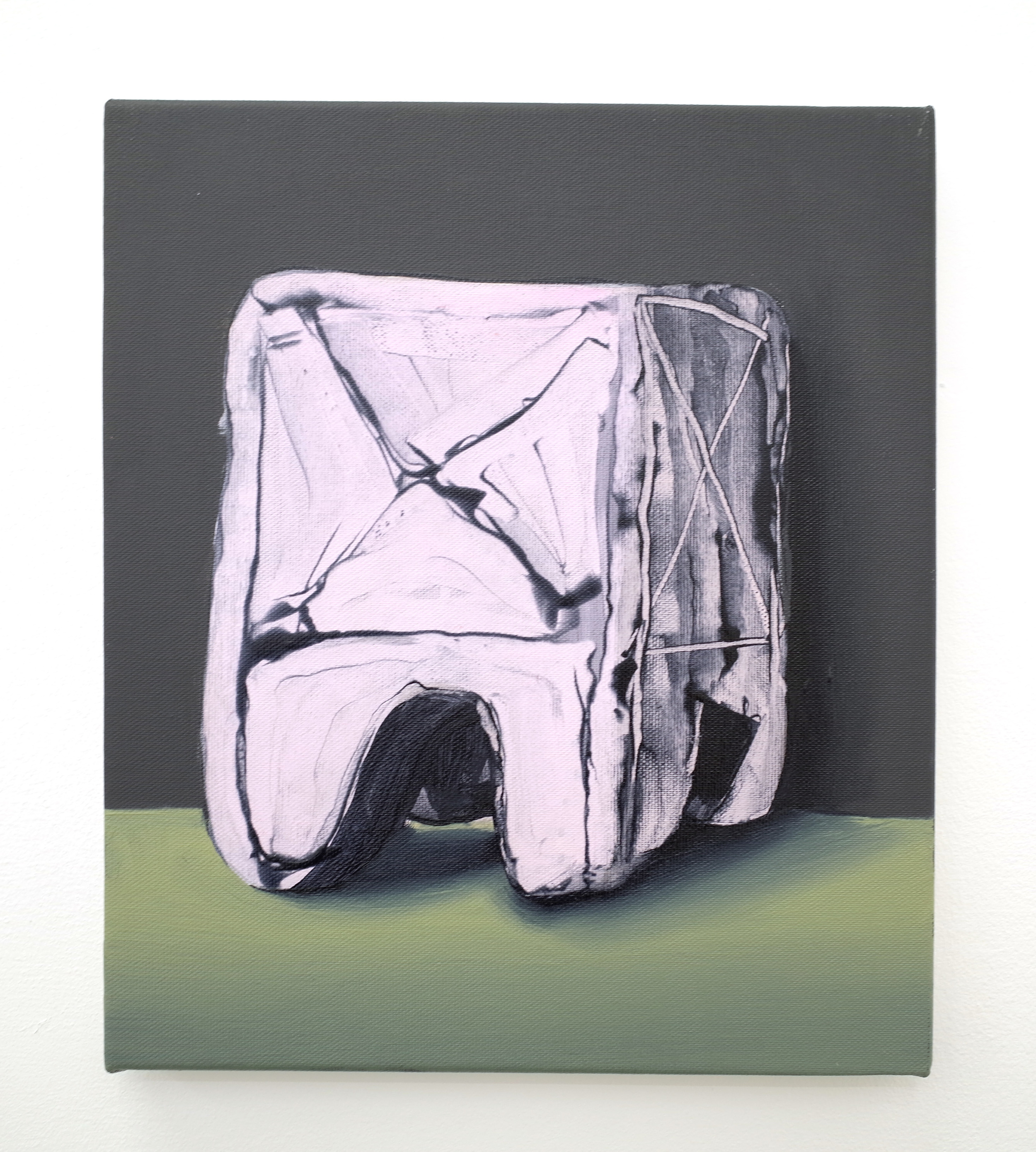
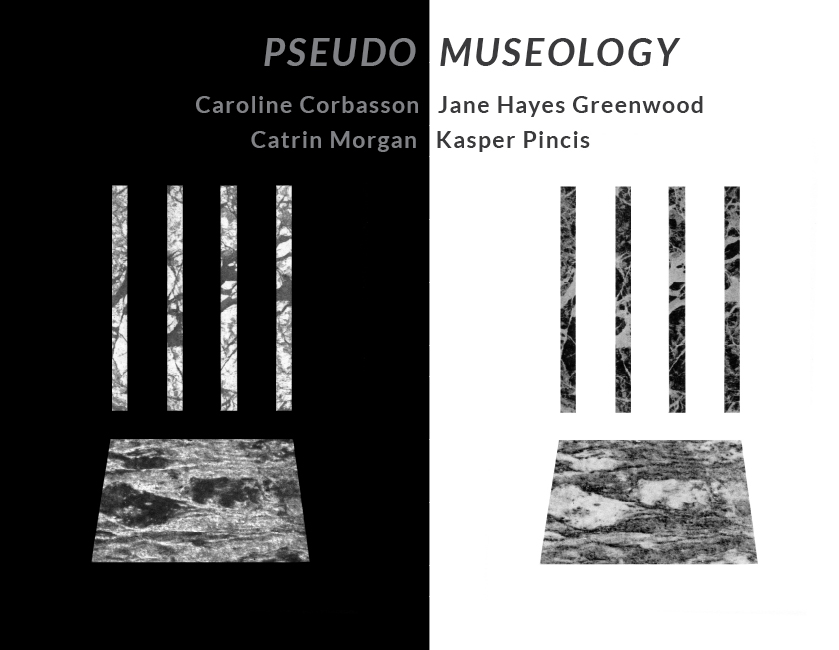
Archaeology, Astronomy, Cartography, Geography, Geology, and Typography – these disciplines and their systems of classification are a strong influence on the four artists presented in Pseudo-Museology. Their visual language is rooted in a tradition of displays aiming at knowledge promulgation, although their take on this iconography places their work in the realm of contemporary art. By filtering museological categories through visual art the artists combine credible and fictional elements, playing with our response to archetypal images of knowledge and research.
Paris-based artist Caroline Corbasson works with an array of different materials, from vintage books to graphite applied to sculptural pieces, and more traditional landscape drawings. François-René Martin (École Nationale Supérieure des Beaux-Arts Paris) observed that 'Corbasson is fascinated by stars, constellations, planets, astrophysics, the Milky Way, with telescopes and by light years. She is equally fascinated by climatic hazards, tornadoes, the northern lights, and eclipses.' Her series Blackout Book merges this interest in celestial bodies with the traditional study of Art History in the form of a large art encyclopedia where all the photographic reproductions of old masters paintings have been replaced by a layer of graphite powder suggesting astronomical charts, while the book covers have been masked to create a vacuum reminiscent of black holes. Martin adds 'What is instigated, in the work of Caroline Corbasson, is a poetic history of art, bordering on fantasy: an atlas of forgetfulness, an enigmatic series of names from conversations to which only she possesses the key.' Corbasson studied at the École Nationale Supérieure des Beaux-Arts and Central Saint Martins, her work has been shown in France and Europe, most recently at BALTIC, Newcastle.
As Thomas Groves writes 'In Jane Hayes Greenwood's recent work, ancient archeological artefacts curiously anthropomorphic in form, or familiar twentieth century artworks are resurrected and filtered through the contemporary lens of a distinctively restless making process. Here, the museological or ‘dug-up thing’ is remodelled, painted and restaged before being photographed and then meticulously described as a drawing or in paint. Each of Hayes Greenwood’s works is clearly indebted to the specific properties of the unique archeological, historical or psychological object, but they are also driven by a need for rearticulation, a radical reframing within her own particular visual language.' Hayes Greenwood has shown in London and around the United Kingdom, she is a co-founder and Director of Block 336, a large artist-run project space and studio provider in Brixton, South London.
Catrin Morgan's work explores the relationship between text and image, she is particularly interested in creating work governed by underlying frameworks, rules and hidden meanings. Most of her projects are conceived in relation with the book format, from limited edition artist books to mainstream publishing. Her research on the Taxonomy of Deception developed into a PhD at the Royal College of Art, a project closely connected with her illustrations for Ben Marcus novel The Age of Wire and String, commissioned and published by Granta Books (2013).
Kasper Pincis' practice plays with ideas of fiction, adventure, folklore and exploration, balancing conventional imagery with his experimental approach to medium and technique. 'My recent work using photocopiers has been inspired by an interest in time, and attempts to capture a moment of movement. Like the abstract typewriter pieces, there is an implicit period of time or labour that has been captured, whether it’s the sum total of the individual taps on the typewriter keyboard, or the second of movement of the photocopier’s scanner under the glass. In a way, it relates to Zen calligraphy, where all the preparation beforehand is preserved forever when the brush commits to the paper in a single meditative instant, like a fly being trapped in amber' (Kasper Pincis). He studied at Camberwell College of Art, Goldsmiths, and Royal Academy Schools, was shortlisted for the Jerwood Drawing Prize 2012 and is featured in the book Typewriter art: a modern anthology by Barrie Tullet (Laurence King, 2014).

